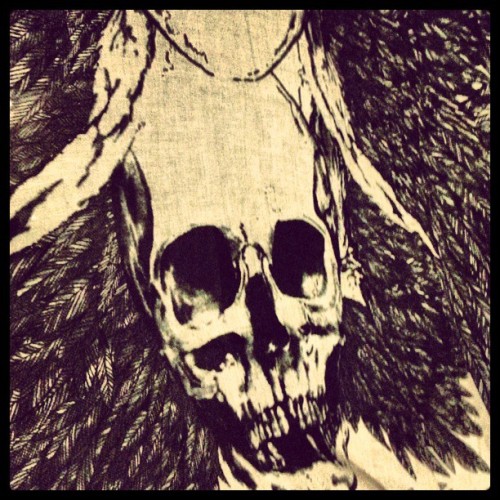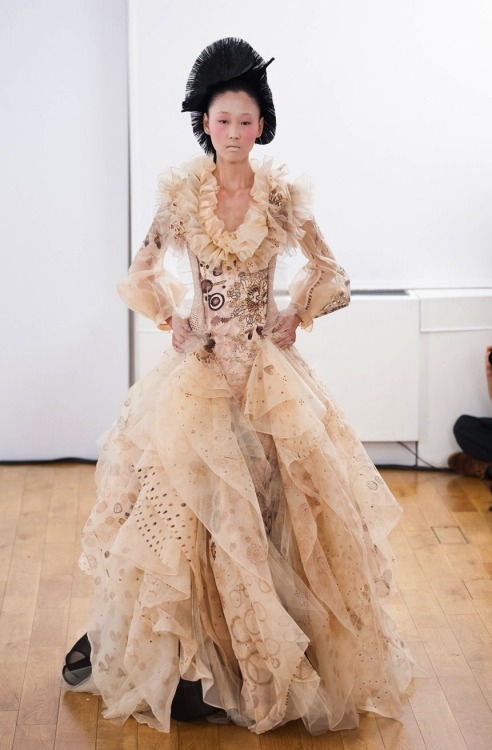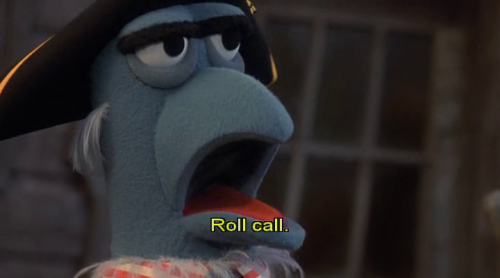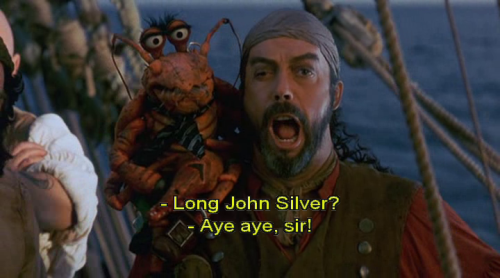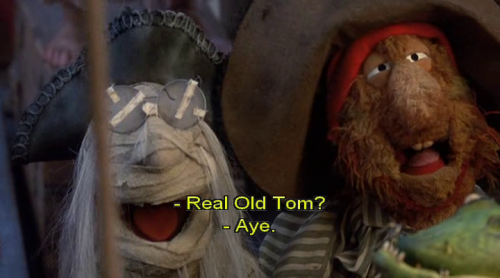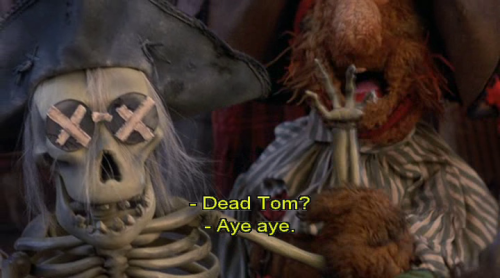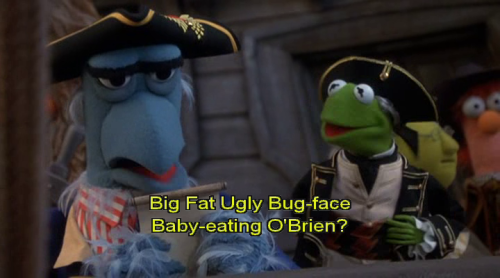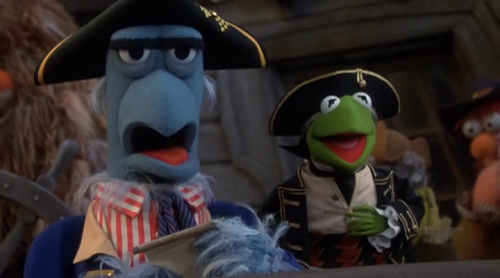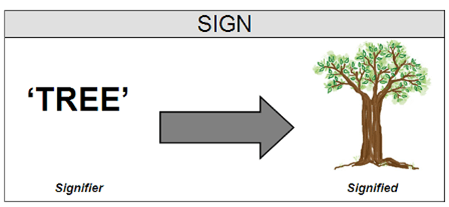(Danke bogus)
Snorkmaiden
Shared posts
Lip Sync Battle with Joseph Gordon Levitt, Stephen Merchant and Jimmy Fallon
Denghao | Fashion Shenzhen | Mercedes Benz Fashion Week spring...
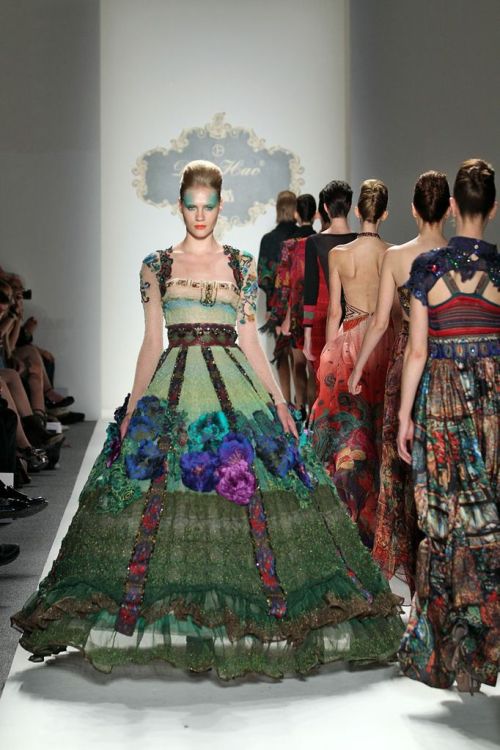
Denghao | Fashion Shenzhen | Mercedes Benz Fashion Week spring 2014
egberts: my mom tells everyone im addicted to the computer but honestly im addicted to the...
my mom tells everyone im addicted to the computer but honestly im addicted to the wonderful people ive met while on the computer
if you fuckers lived next door id never be online
Wanna Be Friends?
SnorkmaidenSorry, everyone. BUT LOOK AT THE FACE
The Rubik’s Cube of Chairs
The multifunctional Cubel seating design utilizes a series of folding cubes to allow the user to mold it to their needs. In just seconds, it can be transformed into a bench, chaise lounge, pouf, table, or even a bed! Cleverly placed velcro strips hold everything together no matter the configuration. Better yet, there’s also a Mini Cubel for compact spaces!
Designer: DesignYouEdit






-
Yanko Design
Timeless Designs - Explore wonderful concepts from around the world!
Shop CKIE - We are more than just concepts. See what's hot at the CKIE store by Yanko Design!
(The Rubik’s Cube of Chairs was originally posted on Yanko Design)
Related posts:
malformalady: Opal pineapples are palm-sized clusters of...

Opal pineapples are palm-sized clusters of radiating points, looking like some bizarre fruit and have been known since the beginning of the 20th century. Found only in the Cretaceous sediments of the White Cliffs opal field in New South Wales, they occurred in an area which has also produced opalised fossils of marine shells, pieces of wood, and even the occasional plesiosaur skeleton. The pineapples are rare, perhaps fewer than 250 have ever been found, and range in quality from gem opal displaying bright diffraction colours, to opaque white potch.
dr-karate: "Bob missed his first day of school, and he never...







"Bob missed his first day of school, and he never really caught up. So he thinks there are only five states, and that one of them is named Chim Cham."
darrynek: because he’s the hero gotham deserves, but not the...
A bleak future for the wife of a rapist
Excerpts from a grim story in the Wall Street Journal:
Akshay Kumar Singh and three other men were convicted this month of a crime that focused the world's attention on violence against women in India: the gang rape and killing of a 23-year-old physiotherapy student on a bus in December.
For the parents of the woman who died, the sentencing brought a measure of closure. For Ms. Devi, who is in her 20s, and her 2-year-old son, her husband's crime and punishment have opened up a chapter of profound uncertainty.
Ms. Devi expects to be cast out by her in-laws and face ostracism and destitution here in India's conservative hinterland—not because she is married to a convicted murderer, but because she is a woman without a husband. "As a widow, my honor will be lost forever," she says.
Her husband's relatives say they can't afford to feed her. Her parents say they are too poor to take her back. The customs of purdah practiced in the region make it almost impossible for her to work outside the home.
"I am not educated. Our traditions are such that I cannot even step out of the house," Ms. Devi said. "Who will earn money to feed me and my son?"...
Ms. Devi says she can write her name and a few Hindi words, and read a bit. She knew from an early age, she says, what was expected of a woman: to raise children and take care of household tasks...
Since Mr. Singh's December arrest, his family has been thrown into upheaval. His brothers, Vinay and Abhay, who had also been working around Delhi, left their jobs for three months to help out at home, straining household finances. The family's reputation has been damaged.
"They treat us as untouchables," says Abhay Singh, who works in a paint factory in a Delhi suburb...
Ms. Devi doesn't know where to turn. "Is there anyone who is thinking of me?" she asked, crying after learning of the death sentence. "I am alive and I have a small child who is still breathing."
Marimekko: Weather Diary collection.

I’m sure this will sound more than a little ridiculous, but I got a bit teary-eyed when I saw the new Weather Diary collection from Marimekko for the first time on Saturday night. You know how sometimes you have a picture in your head of exactly what something (a sweater, a chair, a plate…whatever) should look like, but it’s a little bit like a dream because it never actually materializes in front of you? I suppose that’s the moment when artists decide to create; to make real the thing they want to see. The rest of us wait for someone else to do it. I feel like Marimekko just did it for me. This is exactly what I wanted. Did I know that before I saw it? I can’t remember anymore.
The collection, inspired by Finnish weather patterns and named for islands in the archipelago, was designed by Aino-Maija Metsola. Over a period of several months, Metsola documented changes in weather along the Finnish shoreline through photographs (a number of which can be seen accompanying this interview), which then became sketches and in turn watercolor and ink illustrations. The resulting designs were printed on textiles as well as on Sami Ruotsalainen’s Oiva tableware. Collaboration between Metsola and Ruotsalainen centered around a the idea of dishes to be used for “simple picnics and cottage meals: crepes, wild mushroom soup, freshly baked coffee bread.”
Video direction by Ezra Gould at Cocoa for Marimekko
I feel like crawling inside of that video. Yesterday marked the official start of fall, and I couldn’t be happier. This is the best time of year as far as I’m concerned. Everything seems cleaner, fresher and more vibrant. There’s a sense of urgency to try to get done all of the outdoor things you can before winter comes (or before it starts raining), and a relief over not having to sweat under a blazing sun while it happens. I always think of fall as the beginning of the year, probably because I still associate it with starting a new year at school. It’s also my birthday season. The timing could not be more perfect…
Some words from Aino-Maija Metsola about weather:
“I like many kinds of weather, including rain and wind. Finding yourself in thick fog or a thunderstorm can also be a surreal experience. Of course, I’m not a big fan of unrelenting rain. Changes in weather are also inspiring if, like me, you’ve learned to dress according to the weather by living on an island. I don’t particularly dislike any weather, except perhaps too warm and drizzly winter weather. Every shower, drizzle or cloudburst is unique and beautiful in its own way. When it’s raining, everything seems to stop for a moment, which I enjoy somehow.”
Weather Diary, my favorites…

1. Rosala poster
2. Sääpäiväkirja teapot
3. Sääpäiväkirja bowl
4. Sääpäiväkirja dinner plate
5. Sääpäiväkirja salad platter
6. Hiittinen tea towel set
7. Sääpäiväkirja mug
8. Small Sääpäiväkirja bowl
The entire Weather Diary collection is now available. I’m going to have a very hard time figuring out which piece (pieces?) will be coming home to live with me! I don’t need a teapot, but I want THAT teapot. Same goes for the tea towels — aside from being good for drying dishes, they’d also be so nice made into pillows (!) or even in a frame. And all I can think about is wild mushroom soup and freshly baked coffee bread…

Cashel Man Has Had The Weight Of The World On His Shoulders, Quite Literally, For 4,000 Years.
"Compressed by the peat that has preserved his remains, he looks like a squashed, dark leather holdall. Apart, that is, from one forlorn arm that stretches out and upward and tells us something of the deliberate and extremely violent death that he suffered 500 years before Tutankhamen was born. As part of that decommissioning, their nipples are mutilated" Eamonn Kelly National Museum of Ireland Cashel Man is now being studied at the National Museum of Ireland's research base in Collins Barracks, Dublin. He was discovered in 2011 by a bog worker in Cashel bog in County Laois.
Scientists say that there were significant clues to the social status of three bog bodies found in Ireland since the start of this century Clonycavan Man (L) was said to be wearing a type of expensive, imported hair gel Old Croghan Man (C) had finely manicured nails Cashel Man (R) was found very close to the inauguration site for the kings of Laois
"The bog is an amazing place," says Isabella Mulhall, who co-ordinates the bog bodies research project at the museum. "It is basically an anaerobic environment and the oxygen that bacteria feed off is not present, and therefore decomposition does not occur." The process of preservation though is complicated, involving several factors including Sphagnum moss, which helps extract calcium from the bones of buried bodies. Another critical element is acidity. "The pH levels vary in bogs and in some cases you may not get the bog mummy; you may get a bog skeleton," says Isabella Mulhall.
actual real life thing thats happened
Producers of Atlas Shrugged Part 3 turn to kickstarter for funding
THE CASE FOR COMPARING BAND X TO BAND Y IN MUSIC REVIEWS
SnorkmaidenLOL
(It’s been a while since we received a guest post from Dane Prokofiev (who writes everywhere and has his own blog at Zetalambmary), but today he returns with an argument about why it’s worthwhile to use band comparisons in music reviews.)
I used to dislike comparing a band whose album I was reviewing to another band in my written reviews and only resorted to doing so when I found absolutely nothing interesting about the band’s music to be worthy of description through the use of metaphors. Ever since my exposure to Saussurean semiotics, however, I have changed my mind.
Saussurean semiotics posits that there is no intrinsic connection between words and their meanings. That is to say, it is not natural for the word “dog” to refer to the concept of dog-ness. The word “dog” is a linguistic construct, something that is distinct from the concept of dog-ness. What English-speaking people label as “dog” is labeled as “الكلب” by Arabic-speaking people , “chien” by French-speaking people, “hunder” by Icelandic-speaking people, “犬” by Japanese-speaking people, and “狗” by Mandarin-speaking people. The fact that people use different words for the same object in different languages means that there is no particular connection between the word “dog” and the thing that we refer to as a “dog”.
The product of this arbitrary relationship between the signifier (“dog”) and the signified (the concept of dog-ness) is called the sign, which is the mental image that is conjured in a person’s mind when he or she sees the signifier and understands that it is referring to the signified, aka certain properties that constitute the thing-ness of something.
 The sign, however, does not possess any meaning in and of itself. This is because the meaning of a sign is produced through its relations with other signs. For example, the sign or mental image of “dog” is what it is because we know that it is not the sign or mental image of “cat” and/or the sign or mental image of “hippopotamus”. Additionally, what people associate with a word is strongly culture-bound. For instance, there is a subtle difference between the sign or mental image evoked by the word “dog” and the sign or mental image evoked by the symbol “الكلب” (Arabic for “dog”), because the English people and Arabic people attach cultural-specific qualities to the thing that they refer to as “dog” and “الكلب” respectively. Even for an English-speaking Arab, he or she is not going to perceive the thing that is called “dog” in the same way as an English-speaking English person. Hence, the sign or mental image that is conjured in a person’s mind upon seeing a signifier and understanding the signified that the signifier is referring to is highly contingent on his or her cultural background. And since it is very likely that one’s readership base consists of members from different cultural backgrounds, using metaphors to describe the sound of any music record without referring to specific band names is extremely inaccurate in conveying what the album being reviewed sounds like.
The sign, however, does not possess any meaning in and of itself. This is because the meaning of a sign is produced through its relations with other signs. For example, the sign or mental image of “dog” is what it is because we know that it is not the sign or mental image of “cat” and/or the sign or mental image of “hippopotamus”. Additionally, what people associate with a word is strongly culture-bound. For instance, there is a subtle difference between the sign or mental image evoked by the word “dog” and the sign or mental image evoked by the symbol “الكلب” (Arabic for “dog”), because the English people and Arabic people attach cultural-specific qualities to the thing that they refer to as “dog” and “الكلب” respectively. Even for an English-speaking Arab, he or she is not going to perceive the thing that is called “dog” in the same way as an English-speaking English person. Hence, the sign or mental image that is conjured in a person’s mind upon seeing a signifier and understanding the signified that the signifier is referring to is highly contingent on his or her cultural background. And since it is very likely that one’s readership base consists of members from different cultural backgrounds, using metaphors to describe the sound of any music record without referring to specific band names is extremely inaccurate in conveying what the album being reviewed sounds like.
This is due to a phenomenon described by prototype semantics, which is a construct that postulates that some members of a category are more central than others in the same category. For example, while the mental image of an “ostrich” might be conjured in most Australians’ minds when they see the word “bird”, the mental image of a “penguin” might be conjured in the minds of most scientists working in Antarctica when they see the same word. So suppose I write this in a review of a Cannibal Corpse album:
“The meaty hooks will grab you by the right nostril and yank you into a gore-splattered butcher’s shop.”
English-speaking readers from a Chinese cultural background might conjure the sign or mental image of “pork” when they see the word “meaty”, while English-speaking readers from an English cultural background might conjure the sign or mental image of “beef” when they see the same word. After seeing the word “hooks”, English-speaking readers who are fans of the Peter Pan franchise might conjure the sign or mental image of “Captain Hook’s artificial left wrist”, English-speaking readers from a Norwegian cultural background might conjure the mental image of “fishing hooks”, while English-speaking readers who are fans of the Diablo video-game franchise might conjure the mental image of “a gigantic metal hook used as a weapon by a quest boss”, etc.
The reference to specific band names, however, is much better at avoiding such wretched ambiguity. Regardless of which cultural background someone comes from, any reasonably well-informed, English-speaking reader who sees references to, say, the metal bands Death and Fleshgod Apocalypse knows for sure that the writer who made those references is referring to the sound of the music of a now-defunct American death metal band and the sound of the music of an active Italian symphonic technical death metal band, respectively. Suppose I write this in a review of a Cannibal Corpse album instead:
“A filthy marriage of Slayer and Autopsy, this record absolutely kills it.”
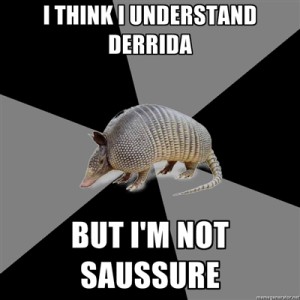 Whether or not you are a reader with an Arabic or British cultural background, as long as you have heard the music of Slayer or Autopsy before, upon seeing the word “Slayer” or “Autopsy”, the phenomenon described by prototype semantics is going to make your mind conjure the sign or mental image (which can be a particular album style, trademark chord progression, clothes that the band members wear, etc.) of either the band that we refer to as “Slayer” or the band that we refer to as “Autopsy”. So long as you are immersed in metal culture—and I’m assuming that just having listened to any metal band before imbues one with this quality—there is no way you could misconstrue the words “Slayer” and “Autopsy” to be referring to things other than the metal bands we call “Slayer” and “Autopsy”, and then conjure a mental image of something not related to the metal bands we call “Slayer” and “Autopsy”.
Whether or not you are a reader with an Arabic or British cultural background, as long as you have heard the music of Slayer or Autopsy before, upon seeing the word “Slayer” or “Autopsy”, the phenomenon described by prototype semantics is going to make your mind conjure the sign or mental image (which can be a particular album style, trademark chord progression, clothes that the band members wear, etc.) of either the band that we refer to as “Slayer” or the band that we refer to as “Autopsy”. So long as you are immersed in metal culture—and I’m assuming that just having listened to any metal band before imbues one with this quality—there is no way you could misconstrue the words “Slayer” and “Autopsy” to be referring to things other than the metal bands we call “Slayer” and “Autopsy”, and then conjure a mental image of something not related to the metal bands we call “Slayer” and “Autopsy”.
Of course, which particular album style or even chord progression that constitutes this sign or mental image conjured in the reader’s mind when he or she sees the word “Slayer” or “Autopsy” differs from individual to individual. But compared to the greater arbitrariness of metaphors that do not contain specific references to band names, the less arbitrary comparison of Band X to Band Y is more accurate in telling the reader how the particular album being reviewed might sound.
Some people argue that with onomatopoeia, one can establish an intrinsic connection between the signifier (word) and the signified (sound). But just because certain arbitrarily spelled words are chosen to imitate the sound, why should we then assume that there is an innate, universal connection between the signifier and the signified? Even sounds are perceived subjectively. For example, the sound a rooster makes is put into words differently by these three cultures:
German: Kikeriki
French: cocorico
English: cock-a-doodle-do
Similarly, whoever used onomatopoeia to coin the word “djent” might have done so thinking that there is an intrinsic connection between the signifier “djent” and the sound that the signifier “djent” refers to. But I could very well think that the sound that the signifier “djent” refers to could be word-ified as “jgnow”, and the person who labels the same sound “djent” can’t say I’m “wrong” about it, because his or her choice of spelling for the onomatopoeia “djent” is every bit as artificial and arbitrary as mine.
So in summary, comparing Band X to Band Y in music reviews is justifiable. But this reviewing technique only works the way it is described in this article based on three assumptions:
(1) The sole purpose of music reviews is to convey the sound of the piece of music being reviewed to readers as accurately as possible.
(2) The writer in question has already listened to Band Y and has strong reasons to believe that Band X is similar to Band Y in certain aspects.
(3) The postmodern notion that, after the conclusion of World War II, every piece of cultural output is essentially a product of recycled and repackaged ideas from the past. If not, it would be nonsensical to think that a particular band can be similar to another particular band in any aspect.
Making assumptions necessarily means making room for potential flaws in the argument presented here. And of course, since the argument here rests heavily on Saussurean semiotics, it is far from being watertight. After all, as with any other theory, Saussurean semiotics has its fair share of criticism, with a major one pointing out that the signified is actually just another signifier, because the interpretation of a signifier is always made through another signifier. But this is a topic for another day (and article).
Photo
SnorkmaidenThis is one of the cast members of Forward Unto Dawn that always seemed like a cool dude, but has now won my heart forever :D






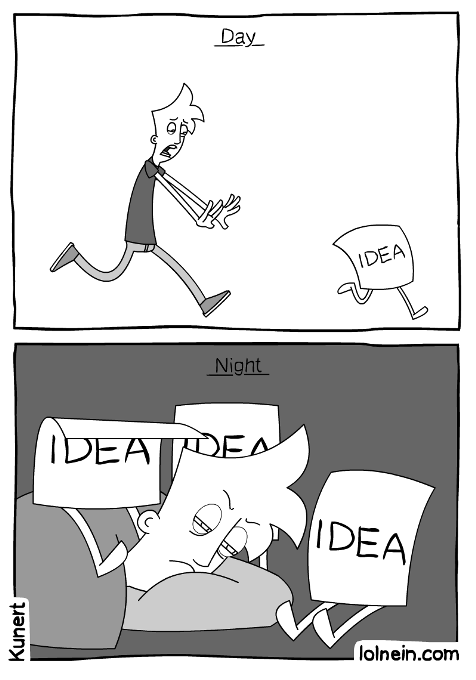

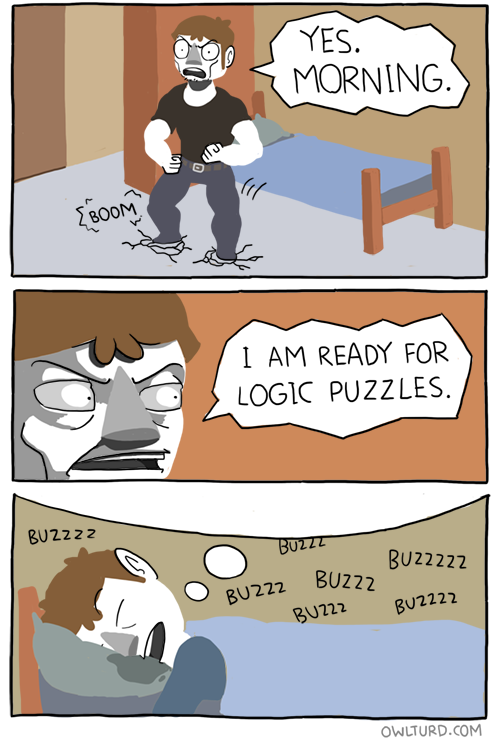
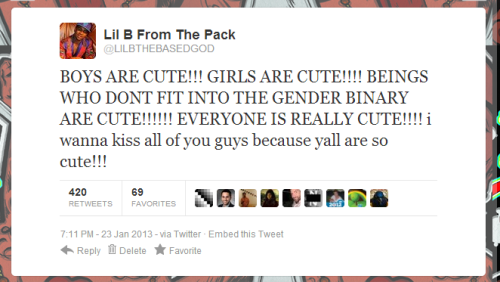

 facebook
facebook  reddit
reddit 








